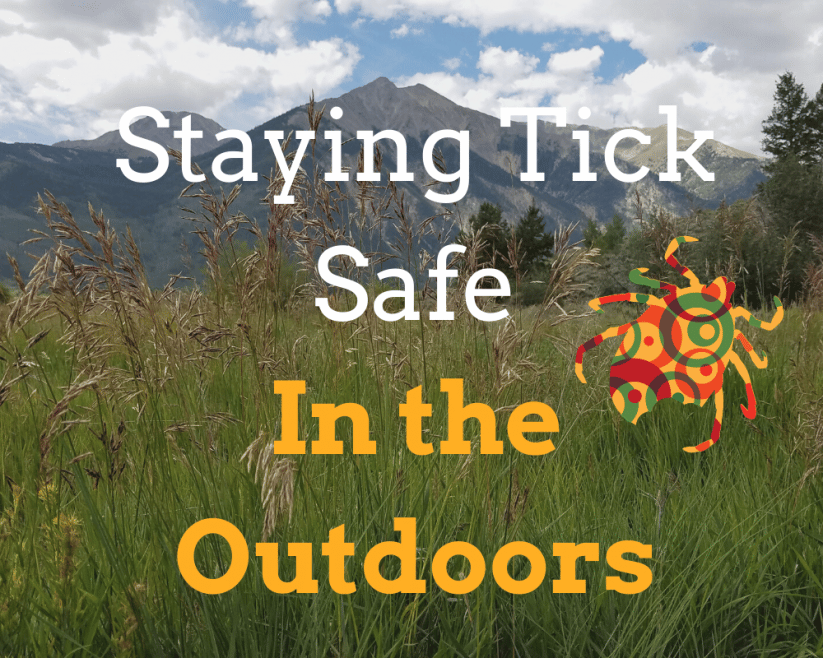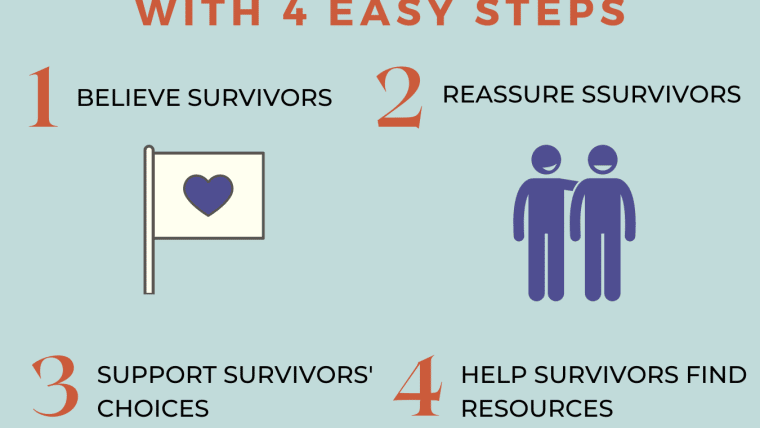Staying Tick Safe in the Outdoors! (by Monica White)
Have you been hearing about Lyme disease in the news or during conversations with neighbors? Perhaps you, or someone you know, has had an experience with Lyme or one of the many other tick-borne diseases that exist in the US? Whether it’s a brief encounter, or an enduring battle lasting many years, tick-borne illnesses can be serious and have forever changed the lives too many. The CDC estimates that over 300,000 new cases of Lyme disease alone are diagnosed each year . The bite of a tick can even trigger a life-threatening allergy to read meat!
Unfortunately, diagnosis of tick-borne diseases is often difficult. People that get sick may not even recall a tick-bite, physicians may not recognize early symptoms of tick-borne disease (rash, fever, headache, chills, sweats, muscle and joint pain, fatigue) and current testing is not 100% reliable. Though many doctors, patients, researchers and advocates are pushing for progress in prevention, diagnosis and treatment, as well as the resources needed to better address tick-borne diseases. The reality is that tick-borne diseases, and the ticks that carry them, are spreading throughout the country and the world.
What does that mean for those of us living, working and recreating in Colorado and beyond?
It is time to understand the risks associated with tick bites, as well as how to recreate safely in the outdoors no matter where you live, work, recreate or travel. Here’s what you need to know in order to protect yourself and your loved ones.
The great outdoors!
Time spent in close proximity to wildlife and their diverse habitats places outdoor enthusiasts and workers at higher risk for exposure to ticks and tick bites. Depending on what part of the country or world one may travel, this risk may increase even in city parks and urban backyards.
Not all ticks are created equal!
Though Colorado is home to nearly 30 species of ticks, nearly 80 ticks are known to occur throughout the US, many of which are capable of transmitting germs (almost 20 different tick-borne germs in the US alone) that can cause serious illness in both people and their pets. This risk is highly variable depending on where one travels both regionally and seasonally and ticks can be active year-round! And ticks are capable of transmitting more than one germ in a single bite, making diagnosis even more difficult and treatment more complicated.
How can YOU prevent a tick-borne illness?
• Awareness-Know your risk of ticks and tick-borne diseases/conditions where you live, work, recreate & travel!
• Prevent a bite!
o Wear tick repellent on skin
o Wear Permethrin treated clothing and gear
o Conduct daily tick checks for yourself, family & pets
• What to do if bitten?
o Remove any attached ticks quickly & properly with fine nosed tweezers
o Save tick for identification & testing
o Recognize the symptoms of tick-borne diseases
o See a physician familiar with tick-borne diseases with any question
• Visit www.coloradoticks.org for resources!
CDC https://www.cdc.gov/lyme/stats/humancases.html#targetText=Each%20year%2C%20approximately%2030%2C000%20cases,the%20United%20States%20every%20year.




